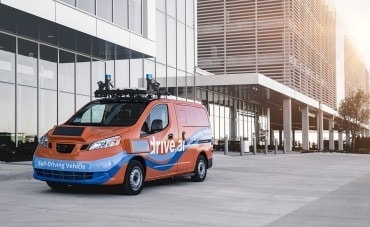
The composable enterprise will respond with greater sensitivity to society’s needs and pressures and allow businesses to weather disruption more easily.
Post-COVID, resilience is the newest goal post for a thriving business. According to a recent keynote from Gartner, the composable enterprise is one way companies are tackling this new metric.
Gartner believes composable business is “a natural acceleration of the digital transformation.” A company can increase resilience by adopting modular solutions connected through a complete data fabric.
For years, efficiency ruled the game. These efficient systems knit together, creating a single loop designed to offer seamless insight. As long as nothing rocked the boat, businesses could operate under the assumption that efficiency equaled safety.
See also: Low Code Use Peaked During COVID, But Will it Stick?
Unfortunately, if you pull a single string, you understand how fragile the efficiency standard really is. Companies wrestle with enormous data, but a composable network offers the flexibility they need to weather disruption.
Composable businesses use interchangeable building blocks. Instead of siloed departments, solutions are interchangeable, allowing companies to change pieces quickly and rearrange based on real-time data.
Composable businesses will become more resilient, adopting agility and breaking through the walls that keep operations and inflexible. In fact, it’s a fundamental change in the very culture of business.
What’s the purpose of the composable enterprise?
The future is an entirely rearranged concept of technology architecture. In fact, some industry experts believe that by 2023, 60% of mainstream organizations will list composable enterprise as a strategic objective. Through micro-services and containerization, a business can build a less rigid system and allows for continuous innovation.
The system can bring in legacy systems as well. A data fabric can incorporate these legacy systems, helping win over reluctant C-suite not excited about abandoning former systems or projects.
These building blocks ensure that companies have the chance to make fast decisions without sacrificing value. And it’s this blend of efficiency and value that gives businesses the one thing they need to survive future global disruption — resilience.
Moving forward:
- Businesses must accept that disruption is normal. Instead of fighting it and hoping that razor-thin margin holds, companies can embrace the concept of continuous innovation.
- Companies must consider data fragmentation. A unified data model ensures that businesses have timely insights that drive decision-making even in uncertainty.
- Intelligence must happen on demand. Data platforms should facilitate the types of real-time insights companies need.
- Companies must decentralize intelligence. A composite architecture utilizes packaged capabilities that decentralize intelligence and extend to the edge.
Avoiding a repeat of 2020
Going forward, resilience rather than efficiency is the real benchmark. Although efficiency is still a vital part of operations, delivering real value relies on the adaptability that comes with a shift in technology thinking. The composable enterprise will respond with greater sensitivity to society’s needs and pressures and allow businesses to weather disruption more easily.






